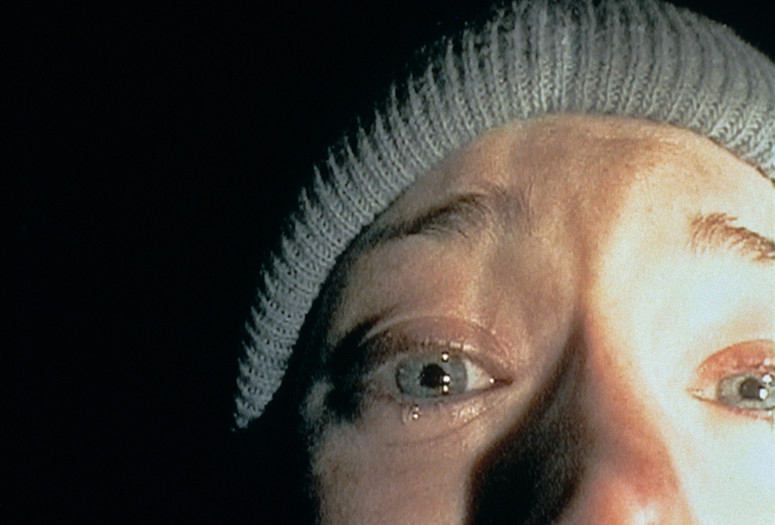“Before Our Spring” is a groundbreaking film that communicates a simple, touching story that has gone untold in Hollywood. The film tells the story of a single woman who enters old age and suffers from Alzheimer’s disease and grapples with whether she can maintain basic decency and dignity in the face of amnesia and even disability. The beautifully shot film takes the audience on the simple struggles faced by more than six million Americans who struggle with Alzheimer’s.
The film’s realistic depiction of the struggle many middle-aged and elderly women deal with and is a dramatic departure of the typical Hollywood portrayal of glamourous leading ladies. “This is a film with warmth, maybe flawed but sincere enough. This is a family film, very close and far away from everyone. I hope people who watch this film will have a magical reaction in everyone’s heart, and the distance between family members will shorten…” says the film’s director, Haisen.

A key component of the film’s ability to tell this tender story is its visual story telling which goes beyond the external manifestations of Alzheimer’s disease as created by the film’s set designer, Beibei Hu. The film allows audiences to accompany the main character and see the world around her through her own eyes, helping them to see the struggles that accompany living with Alzheimer’s disease. Ms. Hu states, “Most of the films, if you want to shoot Alzheimer’s disease, are to record the external manifestations of Alzheimer’s disease from an objective perspective, because no one knows what their inner world is like, we only know that they will lose their memory and language. Irregular and chaotic. In this film, as the director wants to say the different answer, I want to use the different set decorations in the same place to express the character’s inner world.”
When it comes to the theme and central idea of this film, the profound point of this film is to inspire the audience to think. When we feel that sense of chaos and powerlessness while watching, we will unconsciously bring it in: We will think, if my relatives have this kind of disease, will it be the same? And then we have a fear: what if he/she forgets me?
Haisen, drew from his own personal experiences with the disease saying, “I replaced my grandfather and grandmother, and I thought that if they really got sick in the future, then their world might be like this, and then there was a burst of distress. I not only brought this level of thinking, but the reaction of the protagonist’s children and to the protagonist’s illness in the film made the audience continue to think: If my relative has such a disease, how should I treat him/her? And if he/she is my parent, what kind of responsibilities should I take? This is the question I will throw to the audience.”
Indeed this poignant film is a must see for anyone seeking to step into the shoes of a loved one with this debilitating disease and will certainly help to create an understanding faced by these individuals on a daily basis.









